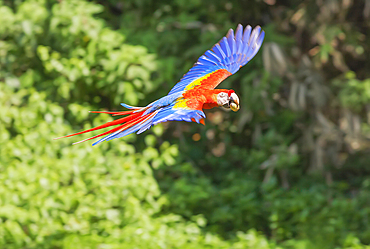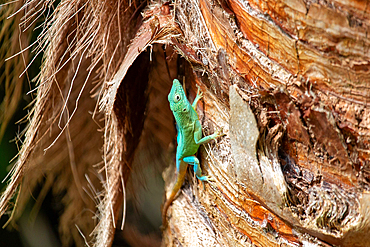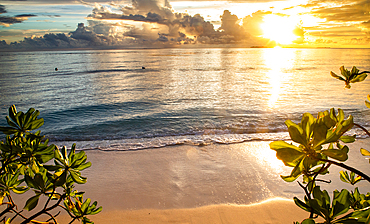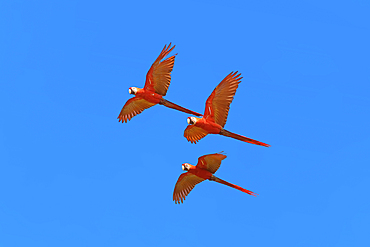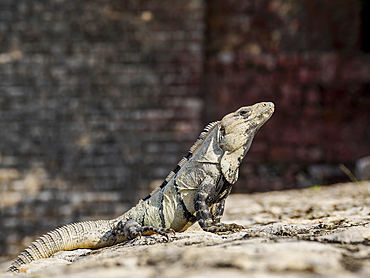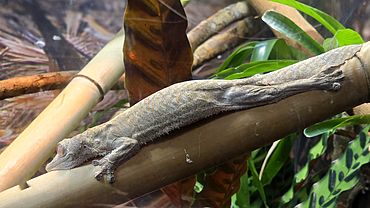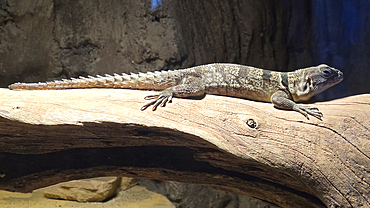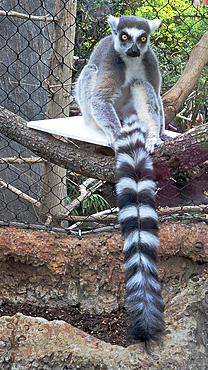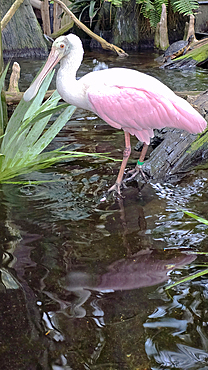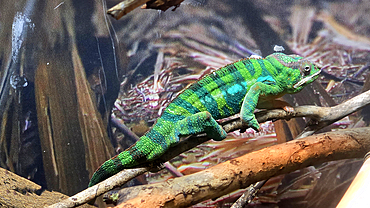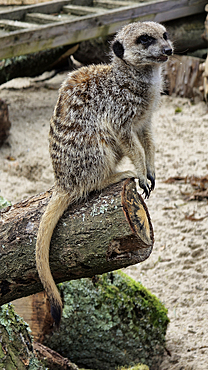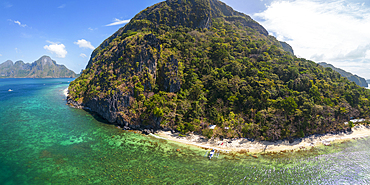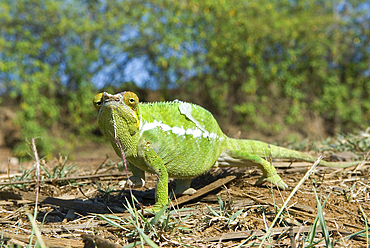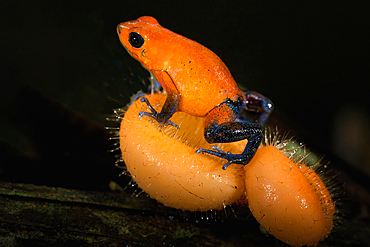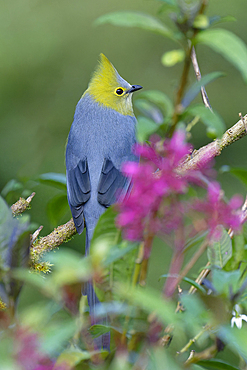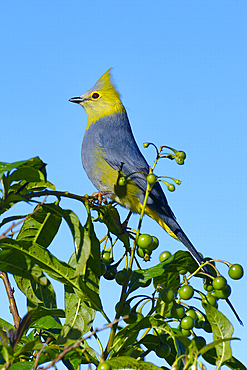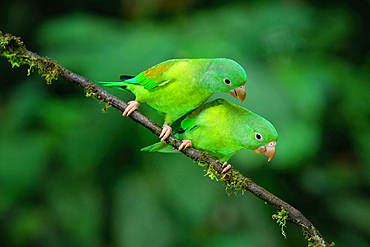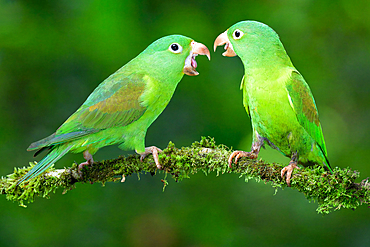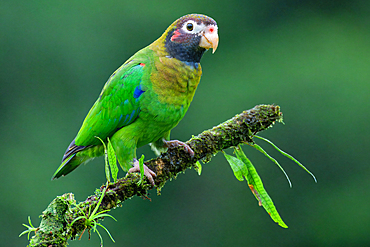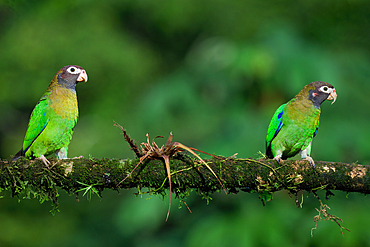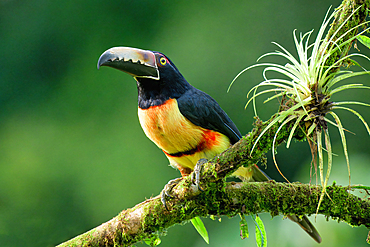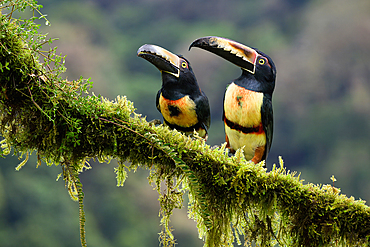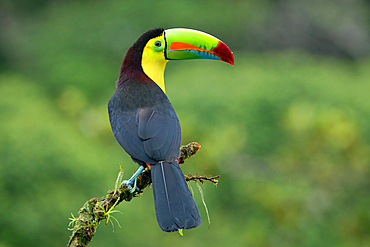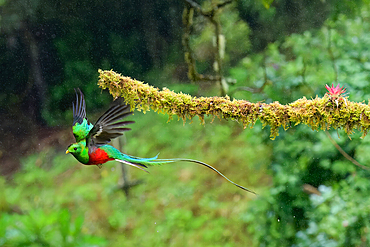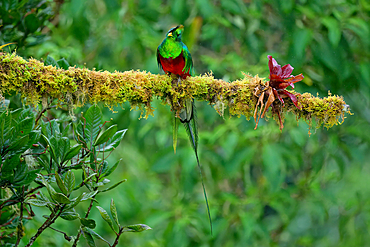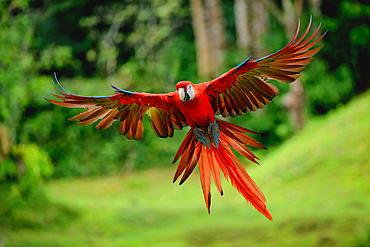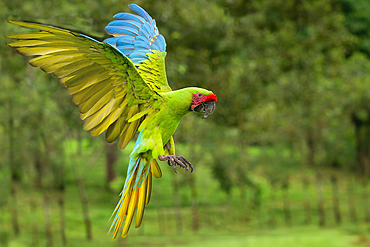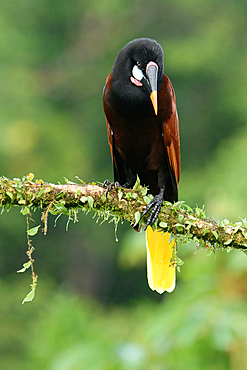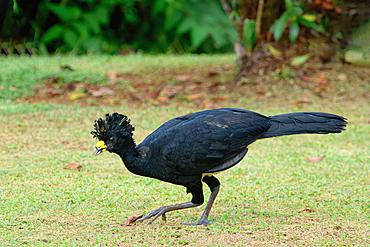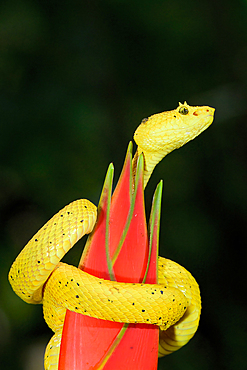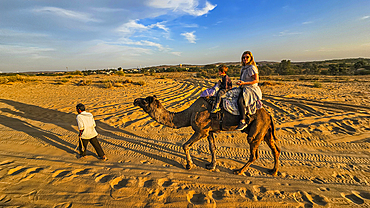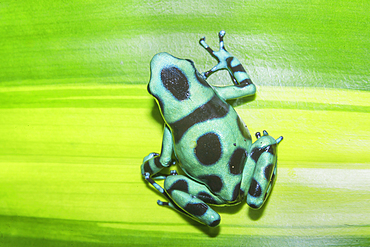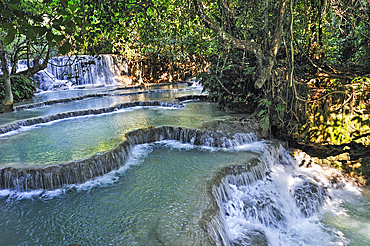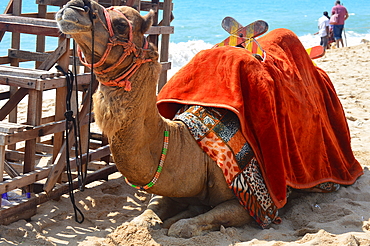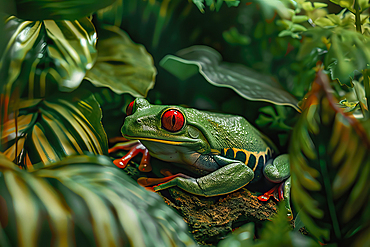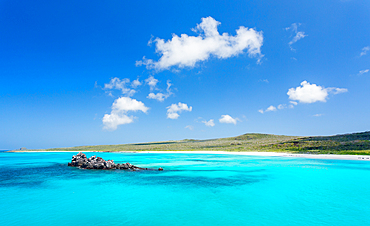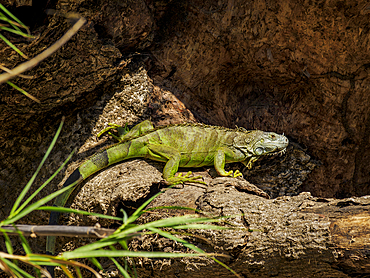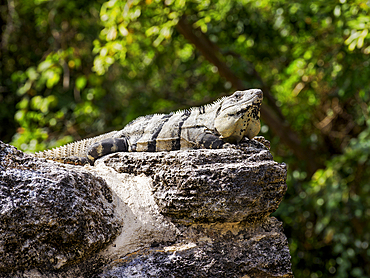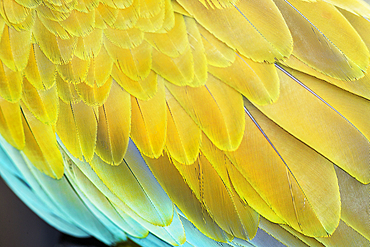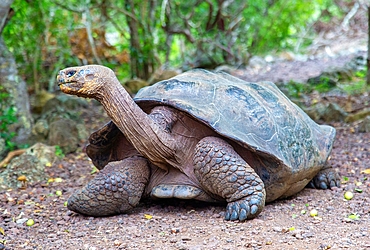Results
« Previous 1 2 3 4 Next »
302 results found

Galapagos Land Iguana (Conolophus subcristatus), large lizard can can grow to five feet long and live for 60 years, South Plaza island, Galapagos, UNESCO World Heritage Site, Ecuador, South America
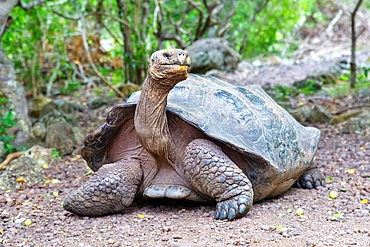
Galapagos Giant Tortoise (Chelonoidis chathamensis), can live for over 100 years, San Cristobal island, Galapagos, UNESCO World Heritage Site, Ecuador, South America
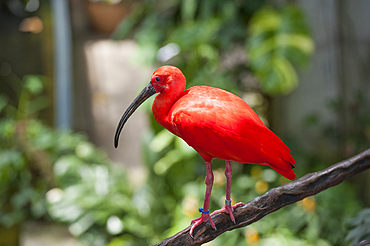
Scarlet ibis inside the Rainforest Pyramid, Moody Gardens, Galveston island, Gulf of Mexico, Texas, United States of America
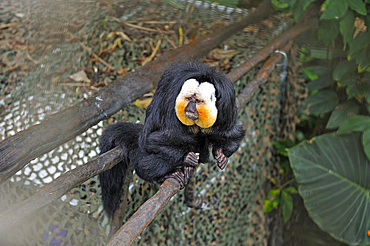
White-faced saki (Pithecia pithecia), Rainforest Pyramid, Moody Gardens, Galveston island, Gulf of Mexico, Texas, United States of America
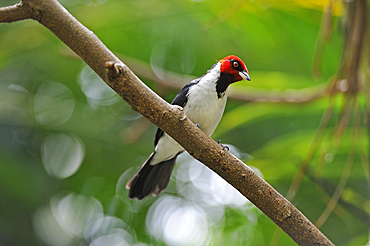
Red-capped cardinal (Paroaria gularis) in the Rainforest Pyramid, Moody Gardens, Galveston island, Gulf of Mexico, Texas, United States of America
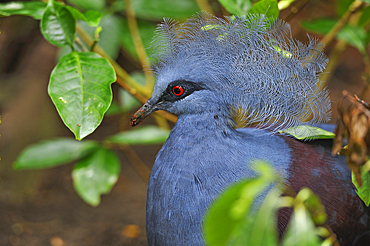
Victoria crowned pigeon (Goura victoria), Rainforest Pyramid, Moody Gardens, Galveston island, Gulf of Mexico, Texas, United States of America
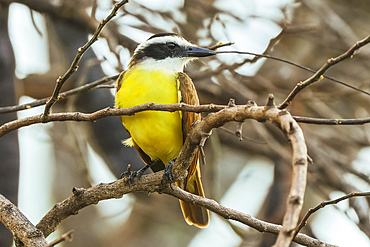
Great kiskadee (Pitangus sulphuratus) a large colorful tyrant flycatcher, common in the Pacific North, Esperanza, Nosara, Guanacaste, Costa Rica
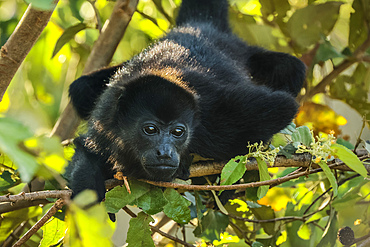
Juvenile mantled howler monkey (Alouatta palliata) in Pacific coast forest, known for their loud call, Esperanza, Nosara, Guanacaste, Costa Rica
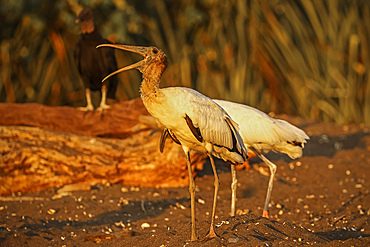
Wood storks (Mycteria americana) big wading bird of the south Americas, scavenging on black sand turtle beach, Ostional, Guanacaste, Costa Rica
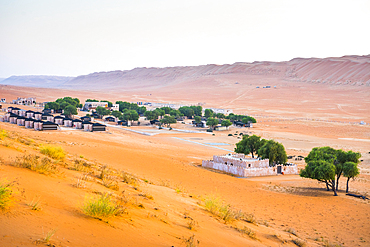
The Thousand Nights Camp in the Sharqiya Sands, formerly Wahiba Sands, desert region, Sultanate of Oman, Arabian Peninsula
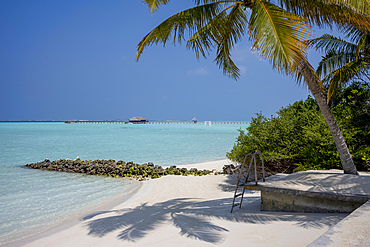
Palm tree and deck overlooking the crystal clear lagoon on an exotic Island in The Maldives, Indian Ocean

Grey Heron (Maakana) on the shoreline of the lagoon on an exotic Island at dusk, The Maldives, Indian Ocean

A group of five Grey Herons (Maakana) and a gull, on the shoreline of the lagoon on an exotic Island in The Maldives, Indian Ocean

Grey Heron (Maakana) on the shoreline of the lagoon on an exotic Island in The Maldives, Indian Ocean
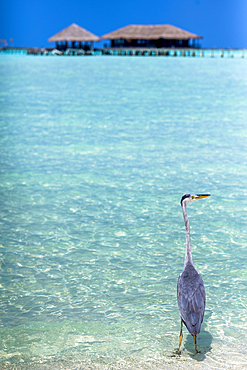
Grey Heron (Maakana) on the shoreline of the lagoon, with a landing pier beyond, on an exotic Island in The Maldives, Indian Ocean

Grey Heron (Maakana) on the edge of a swimming pool overlooking the lagoon on an exotic Island in The Maldives, Indian Ocean
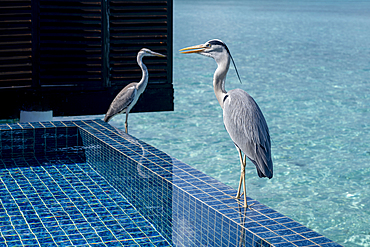
Two Grey Herons (Maakana) on the edge of a swimming pool overlooking the lagoon on an exotic Island in The Maldives, Indian Ocean

Chestnut-mandibled Toucan (Ramphastos swainsonii) perching on a tree, Corcovado National Park, Osa Peninsula, Costa Rica
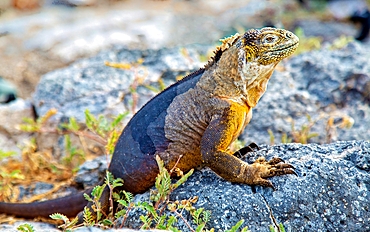
Galapagos Land Iguana (Conolophus subcristatus), large lizard can can grow to five feet long and live for 60 years, South Plaza island, Galapagos, UNESCO World Heritage Site, Ecuador, South America

Boa, Acrantophis madagascariensis, Strict Nature Reserve of Lokobe, National Park, Nosy Be island, Republic of Madagascar, Indian Ocean
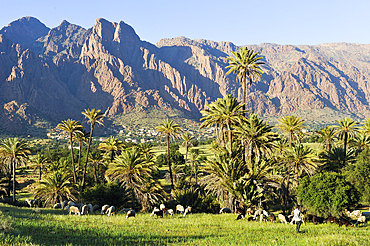
Flock of sheep and palm grove in Ammeln valley with Djebel Lekst in background, near Tafraout, Anti-Atlas, Morocco
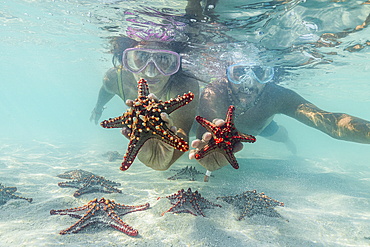
Man and woman with scuba masks showing starfish swimming underwater in the exotic lagoon, Zanzibar, Tanzania, East Africa, Africa
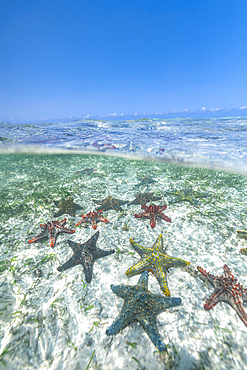
Exotic starfish under the breaking waves in the transparent water of the Indian Ocean, Zanzibar, Tanzania, East Africa, Africa
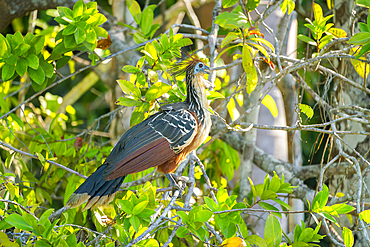
Hoatzin (Ophisthocomus hoazin) perching on branch by Lake Sandoval, Tambopata National Reserve, Puerto Maldonado, Madre de Dios, Peru, South America
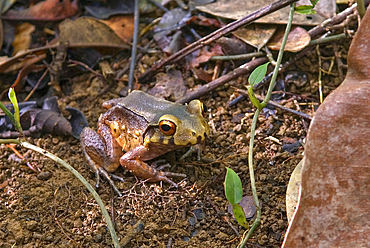
Frog in the forest, French Guiana, Overseas department and region of France, French Guiana, South America
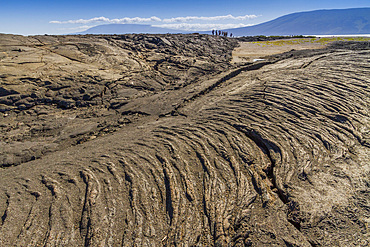
Lava and ash floes in the Galapagos Island Archipelago, UNESCO World Heritage Site, Ecuador, South America
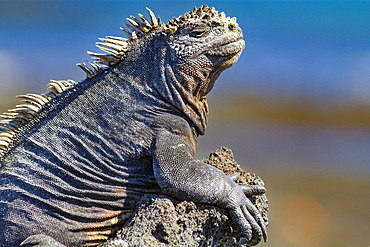
The endemic Galapagos marine iguana (Amblyrhynchus cristatus) in the Galapagos Island Archipelago, UNESCO World Heritage Site, Ecuador, South America
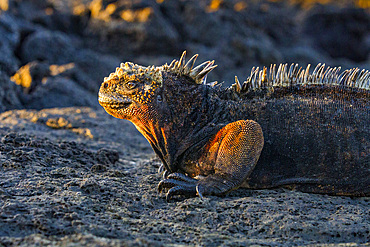
The endemic Galapagos marine iguana (Amblyrhynchus cristatus) in the Galapagos Island Archipelago, UNESCO World Heritage Site, Ecuador, South America

Spotted eagle rays (Aetobatus narinari) underwater at Leon Dormido Island off San Cristobal Island, Galapagos, UNESCO World Heritage Site, Ecuador, South America
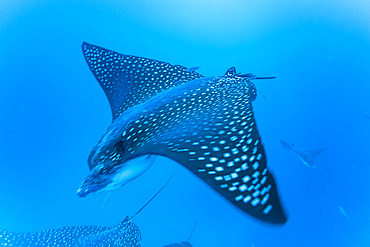
Spotted eagle rays (Aetobatus narinari) underwater at Leon Dormido Island off San Cristobal Island, Galapagos, UNESCO World Heritage Site, Ecuador, South America
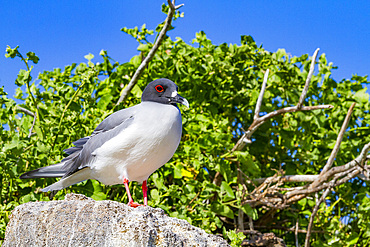
Adult Swallow-tailed gull (Creagrus furcatus) in the Galapagos Island Archipelago, UNESCO World Heritage Site, Ecuador, South America
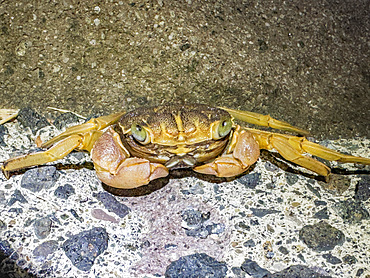
Little nipper crab (Geograpsus grayi), at night on the Volivoli Resort grounds on Viti Levu, Fiji, South Pacific, Pacific
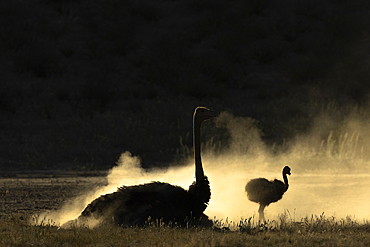
Ostrich (Struthio camelus) and chick dustbathing, Kgalagadi Transfrontier Park, Northern Cape, South Africa, Africa
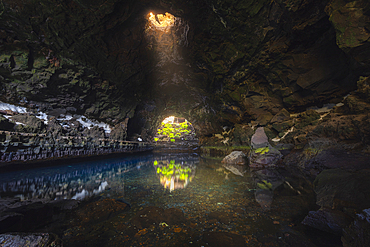
The interior beauty of Jameos del Agua with a ray of light, Haria, Las Palmas, Lanzarote, Canary Islands, Spain, Atlantic, Europe
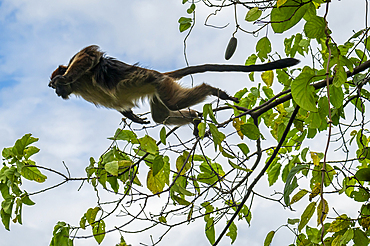
Vervet monkey (Chlorocebus), Gombe Stream National Park, Lake Tanganyika, Tanzania, East Africa, Africa
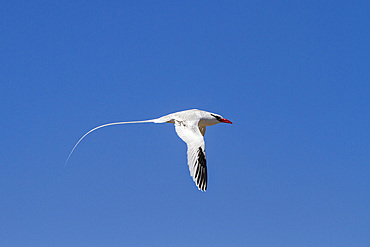
Adult red-billed tropicbird (Phaethon aethereus) in flight in the Galapagos Island Archipelago, UNESCO World Heritage Site, Ecuador, South America
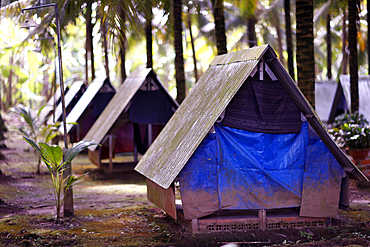
Tents in camp accommodation for vacation, An Giang Province, Mekong Delta, Vietnam, Indochina, Southeast Asia, Asia, Asia
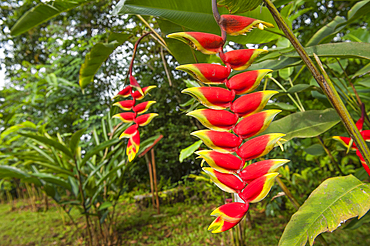
Heliconia Rostrata inflorescence, Obo Natural Park, Sao Tome Island, Republic of Sao Tome and Principe, Africa

Heermann's gulls (Larus heermanni), feeding on the beach at Isla Carmen, Baja California Sur, Sea of Cortez, Mexico, North America
